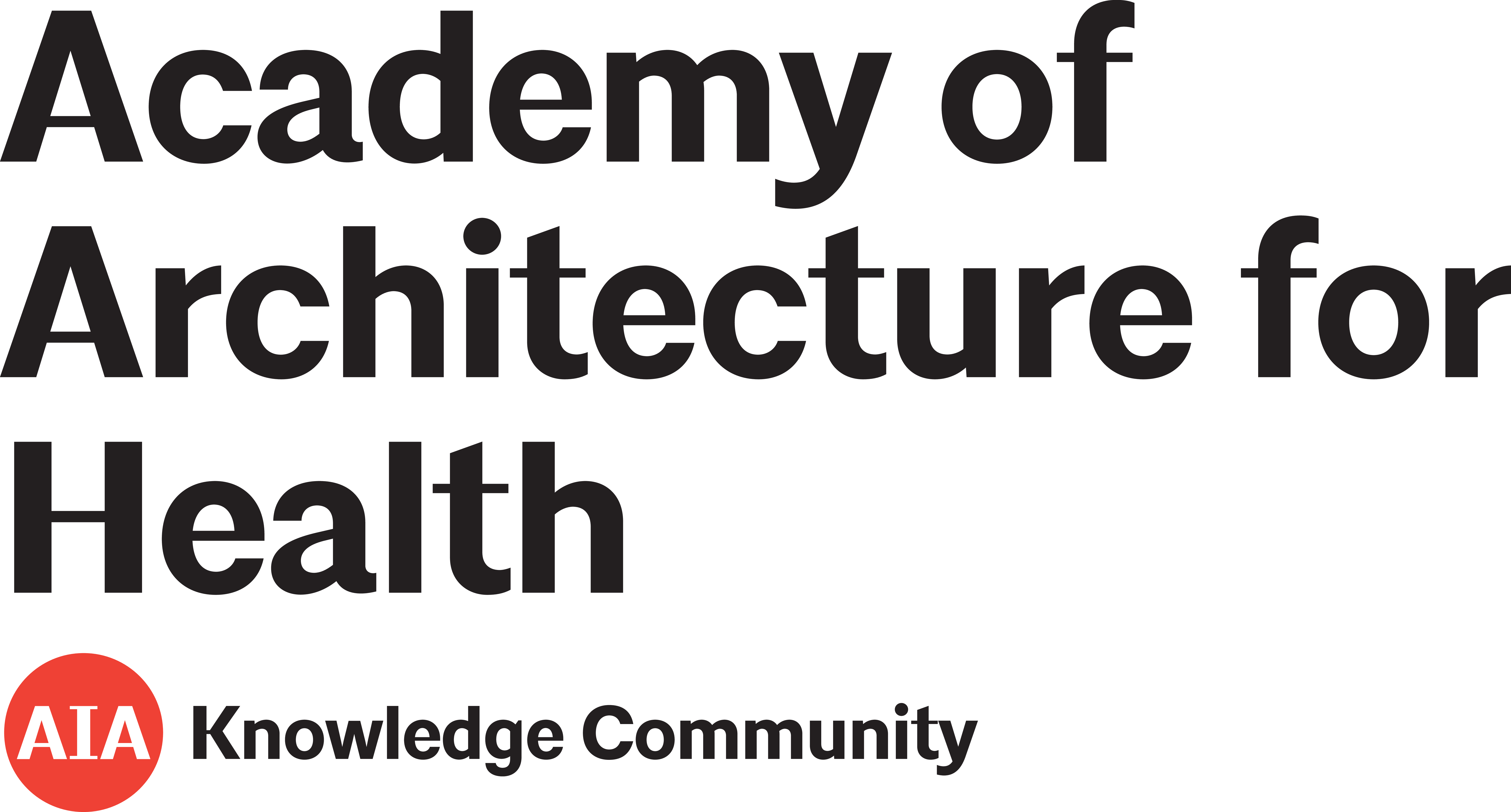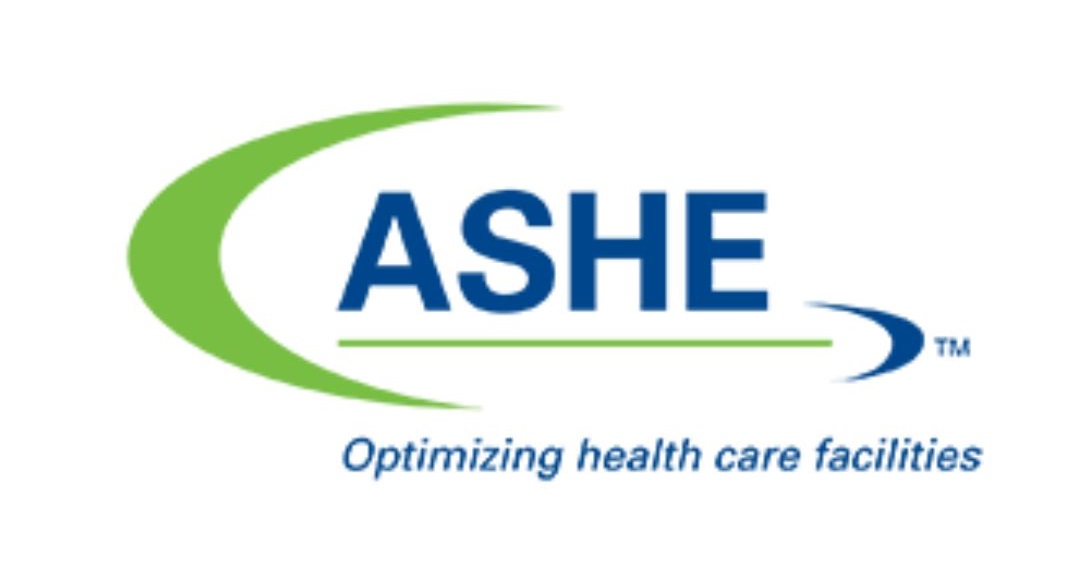Mental and behavioral health settings: Importance & effectiveness of environmental qualities & features as perceived by staff
2017
Journal of Environmental Psychology
Journal Article
Issue June
Volume 50
Pages 37-50
Author(s): Shepley, M. M., Watson, A., Pitts, F., Garrity, A., Spelman, E., Fronsman, A., Kelkar, J.
While many previous studies have examined how facility designs can benefit patients within non-psychiatric acute care settings, there is a lack of research exploring how physical environments can be better suited to promote the health of patients in mental and behavioral health (MBH) facilities.
Added February 2017
The Research-Design Interaction: Lessons Learned From an Evidence-Based Design Studio
2010
HERD: Health Environments Research & Design Journal
Journal Article
Issue 4
Volume 3
Pages 75–92
Author(s): Haq, S., Pati, D.
With the emergence of the Evidence-Based Design (EBD) approach being integrated into design practice models throughout design firms, much attention has been given to the research portion of the process. However, little is understood about the interaction between the designer, the primary change agent, and the evidence they are using to bring about the change.
Added December 2016
Multidisciplinary Testing of Floor Pads on Stability, Energy Absorption, and Ease of Hospital Use for Enhanced Patient Safety
2016
Journal of Patient Safety
Journal Article
Issue 3
Volume 12
Pages 132-139
Author(s): Crane, B., Goodworth, A., Liquori, M., Ghosh, S., Certo, C., McCafferty, L.
Added December 2016
Separate Medication Preparation Rooms Reduce Interruptions and Medication Errors in the Hospital Setting: A Prospective Observational Study
2016
Journal of Patient Safety
Journal Article
Issue 3
Volume 17
Pages e161-e168
Author(s): Huckels-Baumgart, S., Baumgart, A., Buschmann, U., Schüpfer, G., Manser, T.
Errors and interruptions are commonplace during medication preparation procedures in healthcare environments. One study found that one interruption occurred for every 3.2 drugs administered during nurses’ medication rounds.
Added December 2016
Promising Practices in Safety-Net Clinic Design: An Overview
2011
California HealthCare Foundation
Report
Author(s): Keller, A., Joseph, A., Taylor, E., Quan, X.
Added December 2016
Older Adults’ Outdoor Walking: Inequalities in Neighbourhood Safety, Pedestrian Infrastructure and Aesthetics
2016
International Journal of Environmental Research and Public Health
Journal Article
Issue 12
Volume 13
Pages 1-24
Author(s): Zandieh, R., Martinez, J., Flacke, J., Jones, P., van Maarseveen, M.
Added December 2016
Light at Night and Measures of Alertness and Performance: Implications for Shift Workers
2016
Biological Research For Nursing
Journal Article
Issue 1
Volume 18
Pages 90-100
Author(s): Figueiro, M. G., Sahin, L., Wood, B., Plitnick, B.
Rotating-shift workers, particularly those working at night, are likely to experience sleepiness, decreased productivity, and impaired safety while on the job. Light at night has been shown to have acute alerting effects, reduce sleepiness, and improve performance. However, light at night can also suppress melatonin and induce circadian disruption, both of which have been linked to increased health risks. Previous studies have shown that long-wavelength (red) light exposure increases objective and subjective measures of alertness at night, without suppressing nocturnal melatonin.
Added November 2016
Shift work: health, performance and safety problems, traditional countermeasures, and innovative management strategies to reduce circadian misalignment
2012
Nature and Science of Sleep
Journal Article
Author(s): Eastman, C. I., Smith, M. R.
This paper is a review of the literature related to health, performance, and safety problems associated with night shift work. The review of articles and research papers focused on circadian misalignment between the individual’s internal circadian clock and activities such as work, sleep, and eating. There is also discussion about chronic partial sleep deprivation and melatonin suppression at night. The articles reviewed include theory papers and research papers.
Added November 2016
Key Spatial Factors Influencing the Perceived Privacy in Nursing Units: An Exploration Study With Eight Nursing Units in Hong Kong
2016
HERD: Health Environments Research & Design Journal
Journal Article
Issue 4
Volume 10
Pages 37-48
Author(s): Lu, Y., Cai, H., Bosch, S. J.
Healthcare designers are faced with a challenging task when trying to balance patient privacy with safety and well-being. While patients typically expect some degree of privacy during their treatment processes, it is also commonly understood that caregivers need appropriate access to them so that proper treatment can be administered.
Added October 2016
WellStar Paulding Hospital Intensive Care Unit Case Study: Achieving a Research-Based, Patient-Centered Design Using a Collaborative Process
2014
Critical Care Nursing Quarterly
Journal Article
Issue 1
Volume 37
Pages 93-102
Author(s): Burns, G. B., Hogue, V.
Added October 2016
Objective and subjective assessments of lighting in a hospital setting: implications for health, safety and performance
2013
Ergonomics
Journal Article
Issue 10
Volume 56
Pages 1535-1545
Author(s): Dianat, I., Sedghi, A., Bagherzade, J., Jafarabadi, M. A., Stedmon, A. W.
Poor lighting conditions in workplaces, particularly healthcare environments, can cause discomfort for both patients and staff members, while also negatively affecting the performance of standard tasks. Ailments such as eyestrain, headaches, and indigestion may evolve from low lighting levels, high amounts of glare, and even flickering light sources.
Added October 2016
Surface Finish Materials: Considerations for the Neonatal Intensive Care Unit (NICU)
2016
Newborn and Infant Nursing Reviews
Journal Article
Issue 4
Volume 16
Pages 203-207
Author(s): Harris, D.
In this literature review, it is shown that a growing body of research has been focusing on how surface material finishes within neonatal intensive care units (NICUs) can contribute to the operational, clinical, and social aspects of health outcomes.
Added September 2016
Water Safety and Legionella in Health Care: Priorities, Policy, and Practice
2016
Infectious Disease Clinics of North America
Journal Article
Issue 3
Volume 30
Pages 689-712
Author(s): Gamage, S. D., Ambrose, M., Kralovic, S. M., Roselle, G. A.
Added September 2016
Designing Health Care Facilities to Maximize Productivity and Patient Outcomes
2016
Proceedings of the International Symposium on Human Factors and Ergonomics in Health Care
Journal Article
Issue 1
Volume 5
Pages 38-43
Author(s): Miller, K., Kowalski, R., Arnold, R., Coffey-Zern, S., Monson, S.
Added September 2016
An Assessment of Levels of Safety in Psychiatric Units
2016
HERD: Health Environments Research & Design Journal
Journal Article
Issue 2
Volume 10
Pages 66-80
Author(s): Bayramzadeh, S.
As mental treatment facilities see increases in the number of patients seeking care, facilities face mounting pressure in their attempts to promote patient well-being and safety. The author suggests that there is a lack of systematic empirical studies that examine how the design of mental healthcare facilities contributes to patient care and safety.
Added September 2016
Security Implications of Physical Design Attributes in the Emergency Department
2016
HERD: Health Environments Research & Design Journal
Journal Article
Issue 4
Volume 9
Pages 50-63
Author(s): Pati, D., Pati, S., Harvey, T. E.
In this paper, the authors consider “security” a subset of “safety,” and note that security is imperative for providing efficient patient care, especially in emergency departments (EDs). Security is defined as the protection of people and property, while safety is defined as the broader concept of delivering patient care.
Added September 2016
Prevention by Design: Construction and Renovation of Health Care Facilities for Patient Safety and Infection Prevention
2016
Infectious Disease Clinics of North America
Journal Article
Issue 3
Volume 30
Pages 713–728
Author(s): Olmsted, Russell N.
Added September 2016
"Let's Sit Forward": Investigating Interprofessional Communication, Collaboration, Professional Roles, and Physical Space at EmergiCare
2016
Health Communication
Journal Article
Issue 12
Volume 31
Pages 1506-1516
Author(s): Dean, M., Gill, R., Barbour, J. B.
Due to the fact that emergency department (ED) caregivers are constantly involved in interprofessional, knowledge-intensive conversations, effective modes of communication necessarily play a key role in promoting patient health and safety. Previous studies have explored how the physical environment directly affects modes of communication, and how these two dimensions of the healthcare environment constantly intersect with each other.
Added August 2016
The associations between objectively-determined and self-reported urban form characteristics and neighborhood-based walking in adults
2014
International journal of behavioral nutrition and physical activity
Journal Article
Issue 1
Volume 11
Pages 1
Author(s): Jack, E., McCormack, G. R.
Added August 2016
Delivering Rural Health in a Changing Health Model: A Qualitative Study Involving Four Hospitals
2016
HERD: Health Environments Research & Design Journal
Journal Article
Issue 1
Volume 10
Pages 76-86
Author(s): Pati, D., Gaines, K., Valipoor, S.
Added July 2016




